I really don’t want to know how much money some of you have already put into your Hue installation. We’re certainly no longer talking about a few euros here, but three-figure or even four-figure sums. So far, the costs have been limited to the purchase of hardware, but that seems to be changing this year.
Philips Hue has already taken the first step with the release of the Hue Sync TV app for Samsung TVs. For this software solution, which is an alternative to the much more expensive HDMI Sync Box, a one-time fee of 129.99 euros is charged. The licence is officially linked to the television.
The next step could follow before the end of the year. Philips Hue could charge a monthly or annual fee for extended functions of hardware products. Without this subscription, you would then only be able to use basic functions of the respective devices in the app.
One detail is important to emphasise: I currently have no information that existing functions will be cut or deleted if one decides against a subscription.
Other manufacturers show the way
The fact that costs are still incurred in connection with smart home products even after purchase has become a habit with many manufacturers. Especially when gadgets are used in the cloud, you often have to pay monthly or annual fees. With my Nest Video Doorbell, it was at least 5 euros per month, and with providers like Ring, you also pay 5 to 10 euros per month, depending on the subscription.
Note: This article contains affiliate links. We receive a commission for purchases via these links, which we use to finance this blog. The purchase price remains unchanged for you.


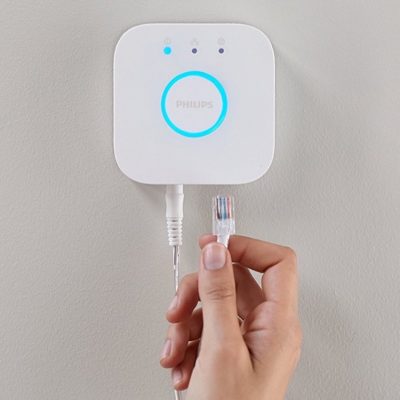

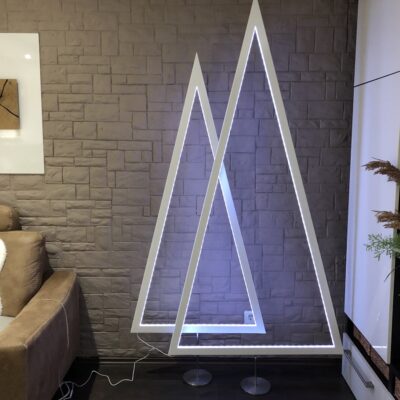
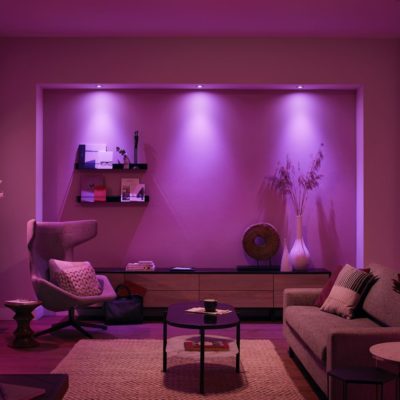


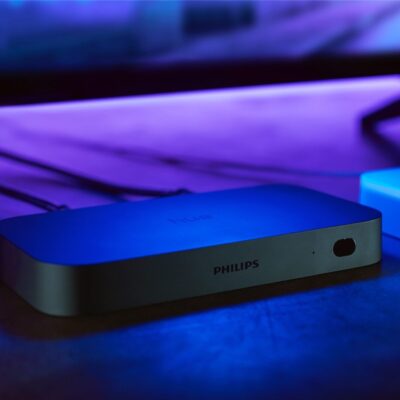

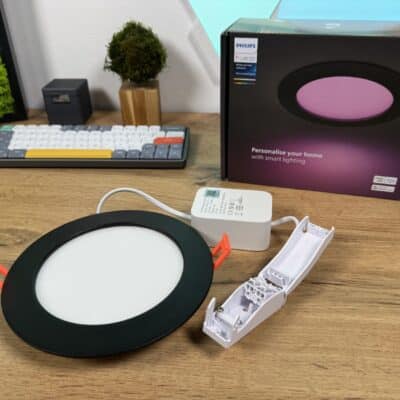

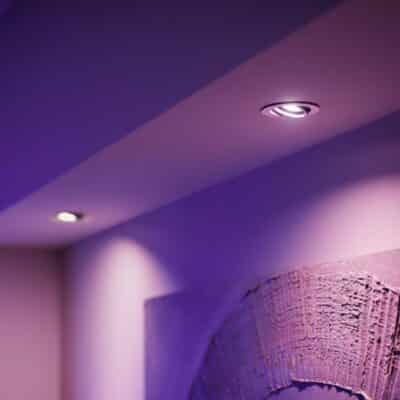


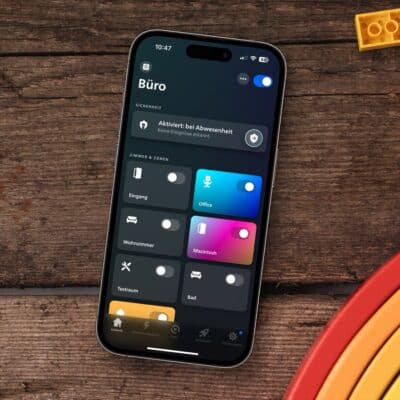
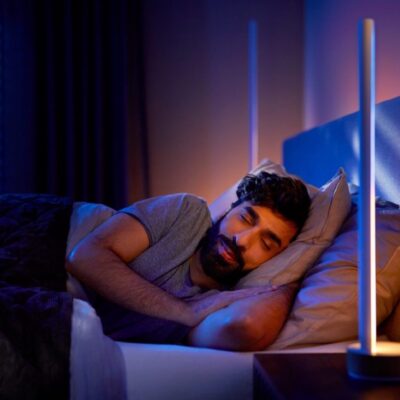
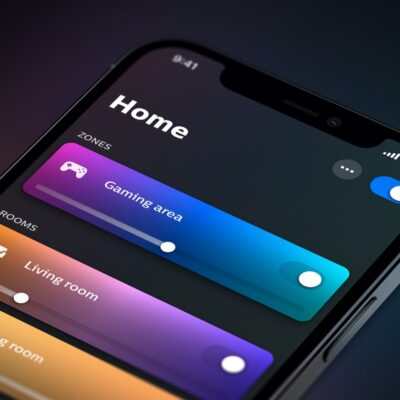



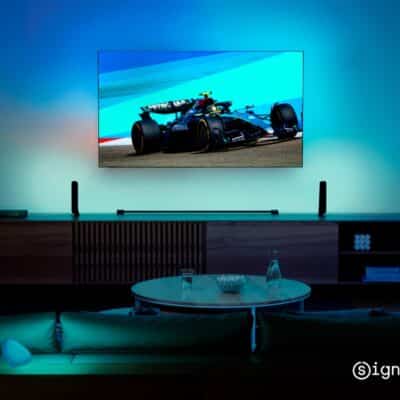
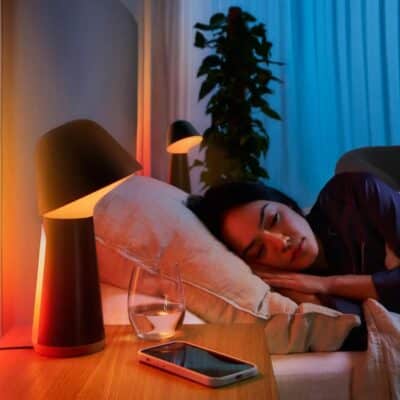
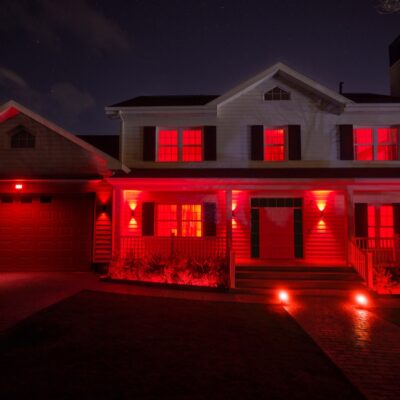
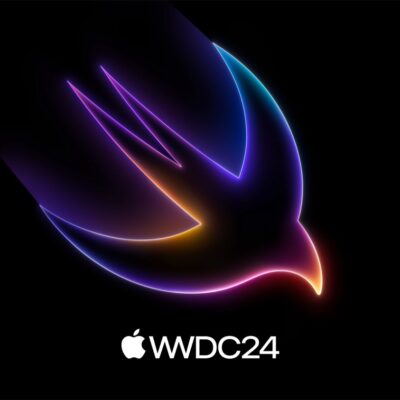
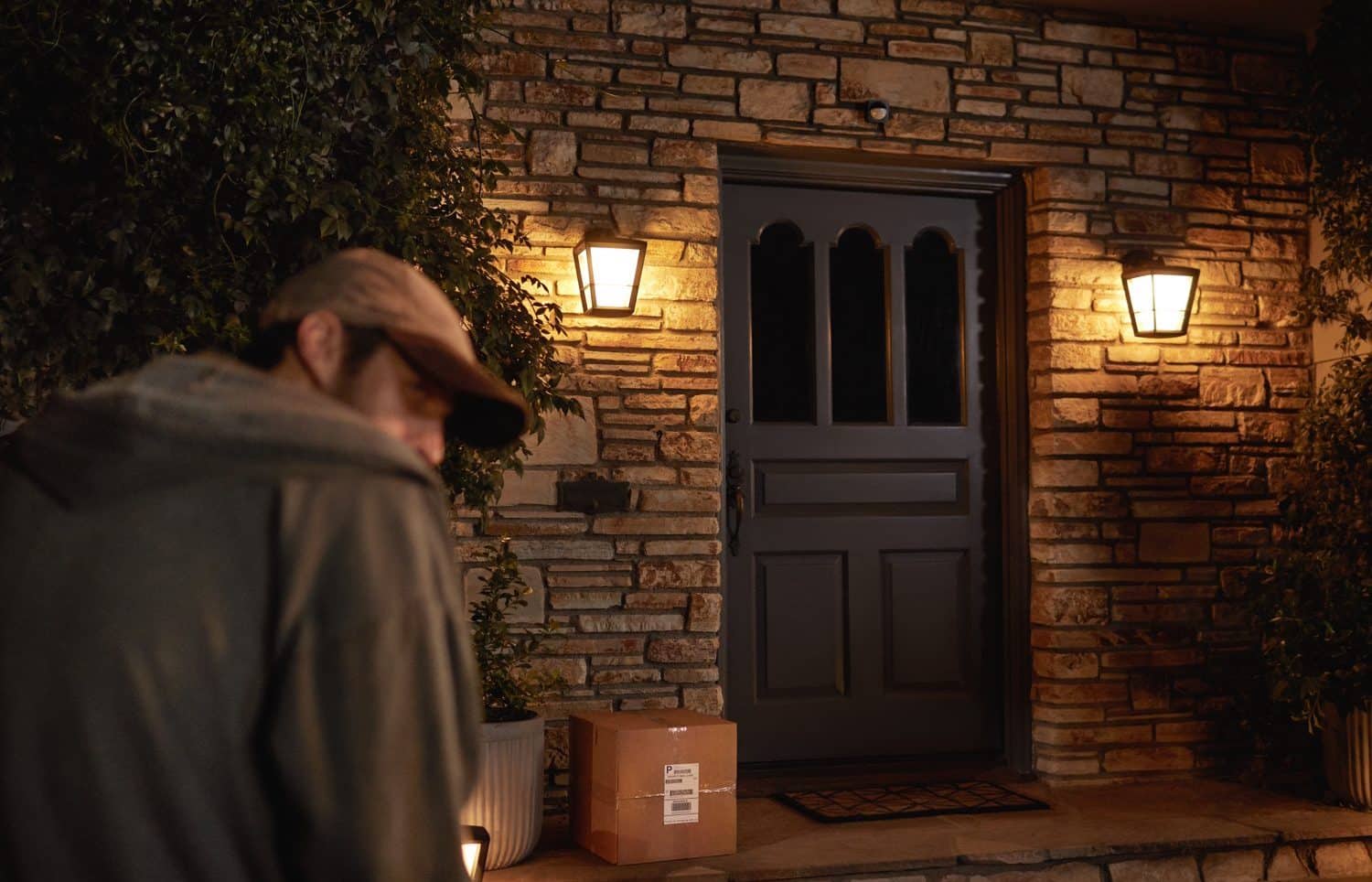
Subscription is a no-go and therefore it will fail in the future.
If it cuts any features or reduce functionality. Its mean goodbye Hue hello Govee simple as that.
Hue lights are not cheap and they are becoming very greedy. With simple app that costs 130$ which is tide to the TV not the account. While Govee solutions much better at cheaper price.
I hope it will fail on arrival, this is not acceptable considering the Amount that we paid and invest in Hue lights… I will sell it and move to Govee for sure.
This is completely unreasonable. The point of the Sync box is to provide picture analysis features not built into a TV. If Samsung has that feature built-in, then us users shouldn’t have to buy an app or a licence, just the lights! And the lights are already expensive enough…
If this happens I will happily dump hue. I’m thoroughly bought in to the hue ecosystem but this is just insane.
I’d rather use a slightly inferior product than pay any more than the already exorbitant “hue tax” just to have full access to my personal possessions.
I don’t know how much you have spent on your Hue ecosystem but I have around 80 lights and accessories running on 2 bridges. I have no idea what i have spent but I know that they have made it impossible for me to swap brands. I have two rooms with 12 Lifx bulbs and they are nice but the connection and app is horrible.
Reply to Armontiago;
I’ve got more hue than that and been transitioning to Govee for most things except gu10’s. As soon as a reliable replacement bulb provider with good colour comes along I’ll be gone. The resale value of hue vs govee and Nanoleaf means swapping out gets you money back and the new products have much better features, built in music sync mics and addressable leds. I use home assistant anyway so never really use the hue interface.
Viva Home Assistant
Clickbait with no real information. Shame on you.
The two main criteria for me to buy any IoT device is its ability to work on the LAN without Internet connectivity, and a protocol we can use with 3rd party apps and interconnectivity.
This provides a lot of benefits:
– Reduced latency
– More reliable, still works if your ISP, backbone, manufacturer’s servers, … are offline.
– No obsolescence-switch from the manufacturer (ability to render older devices useless by dropping support on the server side to make you buy new ones)
– More competition at every level of the solution, which leads to cheaper and better features
– Privacy, you don’t want some manufacturer to be able to infer what you do in your own home from their devices.
If they introduce paid features, I don’t see how they can keep the whole protocol open without 3rd parties providing cheaper or free control apps. And the most important, if paid features are enabled by checking your online customer account, what happens when the Internet connectivity goes down? or when they decide it isn’t worth it anymore to support older devices?
The IoT world is changing. Generic Thread lights may soon be a real alternative with more choice, better interoperability, and better reliability because of the support for several border routers for redundancy. Hue should try to be more competitive instead of searching for ways to increase the cost.
So basically, I won’t pay for a device that also requires a subscription, and I want everything to work without leaking my life to the cloud.
If Signify doesn’t deliver on their Matter promises, or removes features, or makes it difficult to work in LAN-only mode, I may have to reconsider using their products, and that includes 58 new apartments getting fully equipped with connected lights next year.
Hue is already obnoxiously overpriced
I am have a large number of Hue bulbs and this is an absolute no-go.
In fact, I am going to stop upgrading to the 100w equivalent bulbs until we hear for sure that this is not going to be the case.
I’m fucked if I’m gonna get nickel and dimed by yet another manufacturer who got me to buy into their ecosystem before putting on the screws
I would be fractionally more understanding if Phillips weren’t charging a significant amount for the hardware. Absolutely not. Screw this (if this story is true, that is)
I am heavily invested in the Hue ecosystem, easily close to 100 lights altogether. I am an enormous Hue fan and have sung their praises to everyone I know, even if it’s not the most perfect solution in some respects and even though I wish they’d increase their product offerings and improve others.
But this will be the last straw for me and I will 100% dump them. I can easily sell all of my current lights at a good deal to someone else willing to put up with their bullshit and invest into a competitor. If Nanoleaf begins to improve their product variety, they are well positioned to leave Hue in the dust, though their lack of variety is easily their biggest weakness currently. Govee is also a potential alternative. I already paid for the overpriced lights Signify, don’t try to nickel and dime me while you’re still ahead.
The Govee stuff is really good – don’t be scared of multiple eco systems – use something unifying like home assistant and you won’t need to use individual apps
1) Hue is mostly local anyway.. and the stuff that isn’t is by Philps design only.
2) Aren’t we paying a huge markup on these devices as an almost upfront cost for such services?!
If Philips are to introduce a subscription model, or even microtransactions, they’d need to make their products more competitively priced, or people will exit their ecosystem in droves for better, free and local setups..
Yep that would sux, be a shame if people voted with their feet and they did themselves a world of reputation damage
Yeh not a fan of this article tbh. This is unlikely to happen. The whole API of the lights and bridge is open and published by Philips to encourage third parties to make their own apps to control their own lights. I don’t see how they can do that as well as hide features behind a subscription service.
The TV app hiding behind a price makes sense because to have the same features without the app you would need to purchase additional hardware.